COGNITIVE BEHAVIORAL THERAPY PRACTITIONER
Cognitive behavioural therapy (CBT) helps you in recognizing your mind and helps in removing your negative as well as unhelpful thoughts. The therapy also helps in inculcating positive behavioural habits in your life, which in turn results in positive effects in your life and career. Many of the experts consider it to be one of the highest standards of trusted Psychotherapy.
CBT helps in finding and exploring the ways our emotions and thoughts affect our actions in day-to-day life. Once you recognize these patterns, you can learn to reframe your thoughts in a more positive and helpful way. Unlike many other therapy approaches, CBT doesn’t focus much on talking about your past.

Some of the most popular techniques used in CBT:
Guided Discovery
This technique involves uncovering the layers of the client’s perspectives and the beliefs they have inferred during certain episodes. Therapists draw the insights through questioning to challenge the discouraging beliefs. Worksheets are used for the process. This is helpful for the clients to make better futuristic choices.
Exposure Therapy
Journaling
Self-talk
Cognitive restructuring:
Thought recording:
In this technique, you’ll come up with unbiased evidence supporting your negative belief and also evidence against it. Then, you’ll use this evidence to develop a more realistic approach and thought process.
Subscribe Now
Don’t miss our future updates! Get Subscribed Today!

